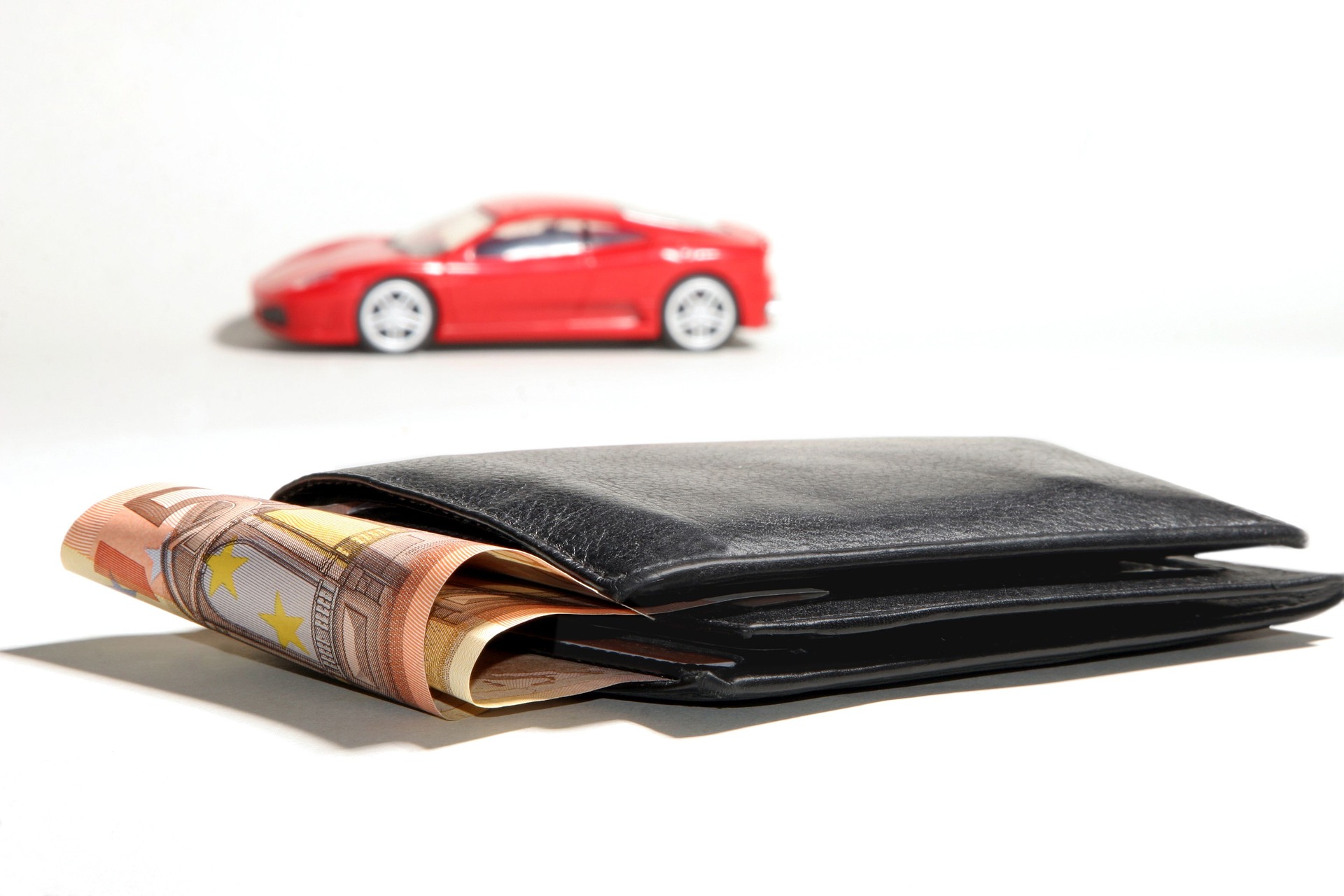Auto loans are generally one of people’s largest expenses, behind mortgages and student loans. When purchasing a car, you should not wait until you are at the dealership to think about financing. With a little preparation, you can get a great deal that will save you thousands of dollars in the long run. Since cars quickly depreciate in value, consumers should try to minimize the amount of interest they are paying by finding the best financing terms and putting as much money down as possible. Keep in mind the following tips to help you get the best deal possible on a new vehicle.
-
Obtain financing quotes before you go shopping.
People with excellent credit can often get great interest rates directly from a dealership, especially if the manufacturer is offering special incentives. However, it is still wise to check out rates from credit unions, banks, and other sources. If you do not have perfect credit, then you may not qualify for dealer incentives, but don’t despair because of it. Instead, check out a bunch of different lenders before you head to the dealership. A number of online lenders exist, and you can see your rate and the maximum amount you will be allowed to finance within seconds. Lenders include E-Loan, Clearlane, and LendingTree. Banks and credit unions also have great deals for people with less-than-perfect credit. Once you are at the dealership, don’t be afraid to use pre-approved rates as a bargaining chip to try to get even lower financing through the dealership.

-
Consider gap insurance.
Dealers and lenders will both offer gap insurance to people purchasing a new car. Gap is actually an acronym for “guaranteed auto protection,” meaning that the insurance will cover any difference between what an insurer believes a car is worth and what is still owed on the vehicle in the event of a total loss. For example, suppose you total your car by slipping on black ice. You still own $15,000 on the car, but the insurance company values it at $12,000. In this event, you would still owe that $3,000 and be without a car. If you have a short-term loan for the vehicle, you may never need gap insurance. A long-term loan could end up saving you a lot of money considering how quickly vehicles depreciate. However, dealers tend to charge a lot for gap insurance, and better rates can be secured through insurance companies, so be sure to shop around.
-
Keep loan terms as short as possible.
In order to minimize the amount of money spent on financing, it is important to keep loan terms as short as possible. Sometimes, this means purchasing a cheaper vehicle to keep your monthly payments down. Generally, car salespeople use monthly payment as the basis for negotiation, but this can get you in trouble. Extended terms ultimately mean more money for the dealership, so you should avoid getting lured in with cheaper monthly payments. Keep in mind that shorter terms typically come with lower interest rates since they present a lower risk for the dealership. In general, a three-year car loan is the best option since this can help you avoid other expenses, such as gap insurance. While the monthly payments are higher, it is less likely that you will be underwater with this loan.
-
Stay up to date on your credit.
Before making a big purchase, such as a car, you should request credit reports from all three of the major credit reporting agencies and ensure that they are accurate. AnnualCreditReport.com is a federal resource that you can use to check these reports at no cost. Since lenders may use any of the three reports, it is important to look at all of them and fix any mistakes. That way, lenders will see the best possible credit score. Importantly, the credit reports will not include a score, just a credit history. You may also want to check your score using one of several other sites to find out where you stand. Knowing your credit score will help you to strategize to get the lowest interest rate and avoid unfortunate surprises at the dealership.

-
Compare the loan’s total cost.
While comparing auto loans usually means a greater focus on annual percentage ratings (APRs) for most people, it is actually more important to think in terms of the total cost. Since loans often have different interest rates, you can only compare them by looking at how much you will end up spending at the end of the day. Even if an interest rate stays the same, a longer loan term will mean more money spent on financing. A three-year loan for $15,000 with an APR of 6.5 percent will mean more than $1,500 in interest by the time it is paid off. Stretching out the same loan over the course of five years will reduce your monthly payments by more than $150, although the total interest will skyrocket to more than $2,600. You can always drive down the amount of money spent on interest by putting more money down on the vehicle and financing a lesser amount.

